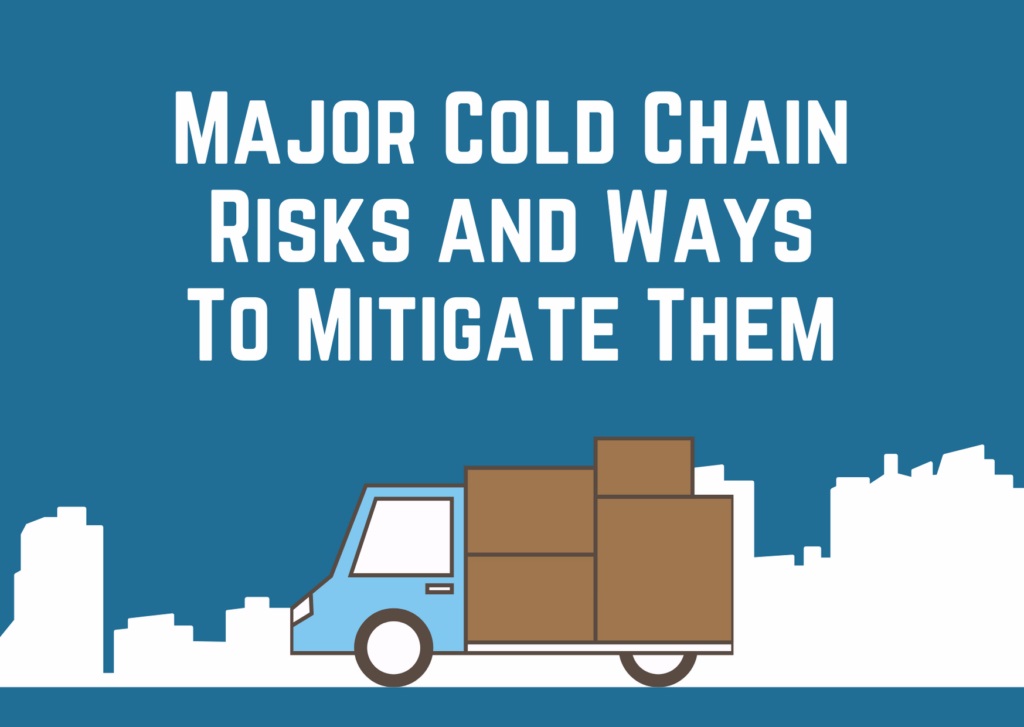
There are several specific risks that can arise in a cold chain, and some tools and technologies that can help mitigate these risks include:
- Temperature excursions: This is one of the most significant risks in a cold chain, and can lead to product loss or damage. To mitigate this risk, data loggers can be used to monitor temperatures throughout the cold chain, and real-time monitoring systems can provide alerts when temperatures fall outside of acceptable ranges.
- Power outages: Power outages can result in loss of temperature control in refrigeration units, leading to temperature excursions. Backup power supplies, such as generators or battery backup systems, can help mitigate this risk.
- Equipment failures: Refrigeration units and other cold chain equipment can fail, leading to temperature excursions. Regular maintenance and inspections, as well as redundancy in equipment, can help mitigate this risk.
- Logistics failures: Delays in transportation or other logistics issues can result in extended exposure to temperature fluctuations, increasing the risk of temperature excursions. Real-time monitoring and data analysis can help identify potential issues early, allowing for corrective action to be taken.
- Theft or tampering: Products in a cold chain can be vulnerable to theft or tampering, which can compromise their quality or safety. Security measures, such as tamper- evident packaging and GPS tracking, can help mitigate this risk.
Some other tools and technologies that can help mitigate risks in a cold chain include:
- Internet of Things (IoT) sensors: These sensors can monitor various environmental conditions, such as humidity and light exposure, in addition to temperature, to help ensure product quality.
- Blockchain technology: This can be used to create a transparent, immutable record of product movement and storage, helping to ensure accountability and reduce the risk of fraud or errors.
- Automated inventory management systems: These systems can help ensure accurate tracking and management of inventory, reducing the risk of stockouts or excess inventory that can lead to waste or spoilage.
- Machine learning and predictive analytics: These tools can help identify patterns and predict potential issues before they occur, allowing for proactive risk mitigation.
Our qualified team of professionals would love to talk to you about questions or any requirements. Talk to our team now using the contact button for questions or needs.
Contact Us Via WhatsApp Contact Us Via Email Call Us Via Phone
